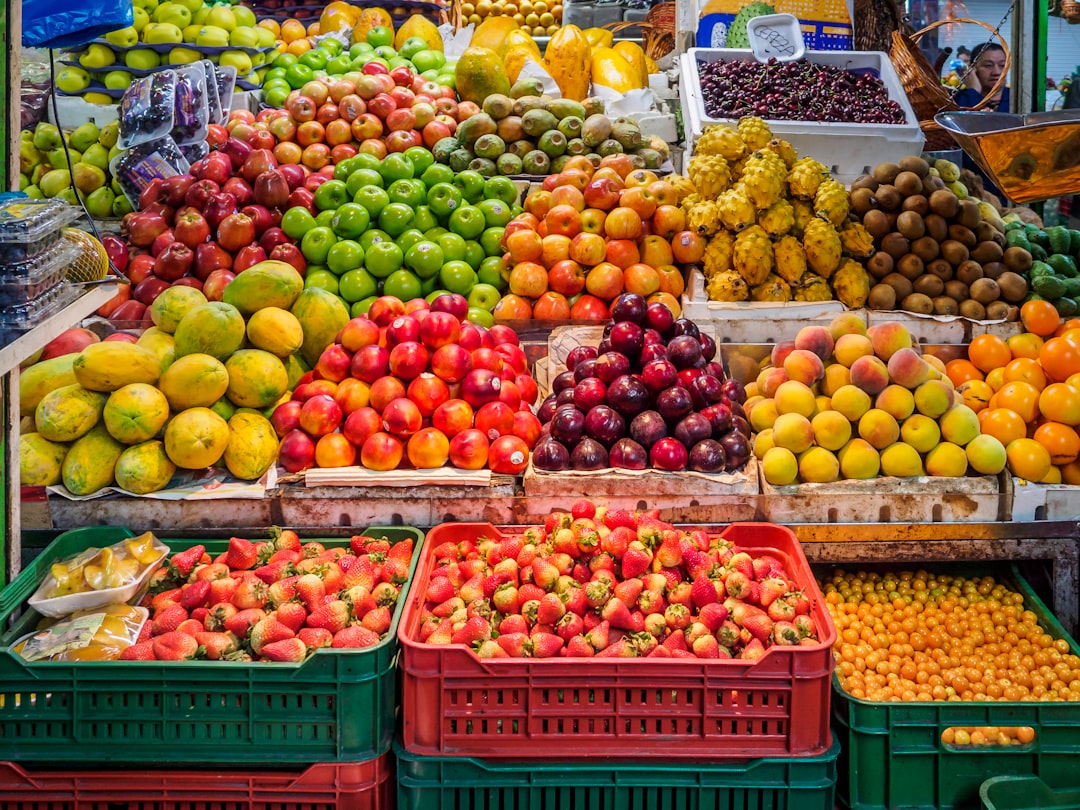What is it about?
To prevent littering of plastics in the environment, it is important to understand the complete lifecycle of the products made out of plastics and their associated environmental impacts. This will help manufacturers to address the challenges in recovering these plastics after use. In this study, based on the environmental impacts of different disposal options of plastics, strategies are identified across the lifecycle to increase the recyclability of plastics on a global scale.
Featured Image

Photo by Nareeta Martin on Unsplash
Why is it important?
Based on a comprehensive literature review, we have analyzed the environmental impacts of end of life options (recycling, incineration, litter) of different plastic types. Based on the environmental impacts and the consumption/disposal pattern of different countries, preliminary carbon footprint for recovering these plastics for different countries was calculated. From the study, it was found out that 1) Data-gaps exist when it comes to the calculation of the environmental impacts of different end of life options of plastics, 2) Methodological limitations in the assessment of environmental impacts of plastics when landfilled, 3) Recyclability of plastics can be improved only if all the actors (manufacturers, distributors, users, recyclers) of the lifecycle co-operate together and identify the strategies to develop recycling infrastructure across the world.
Perspectives
In this age of climate change and scarcity of fossil resources, 'take, make, use and dispose' behaviour can shift the burden from one place to another temporarily (or in the case of plastics, exporting the plastic wastes from one country to another for disposal) but will never contribute to the sustainable development of the planet in the years to come. Developed countries in the Global North need to think twice before they send their plastic wastes to the countries in the Global South as the recycling infrastructure is inadequate in many of the countries in the Global South. Increasing the recyclability of plastics and reducing the consumption of plastic products are the way to go for a sustainable future. In this article, I have tried to highlight the current state of the art when it comes to the evaluation of environmental impacts of different disposal options of plastics. Even though the article contains mathematical calculations and technical terminologies in the field of Life Cycle Assessment, I have tried to highlight the different strategies to increase the recyclability of plastics in Chapter 3.4, which will give you an overview on the complexities and measures to recover the plastics.
Venkateshwaran Venkatachalam
Leibniz Universitat Hannover
Read the Original
This page is a summary of: Design for Recycling Strategies Based on the Life Cycle Assessment and End of Life Options of Plastics in a Circular Economy, Macromolecular Chemistry and Physics, May 2022, Wiley,
DOI: 10.1002/macp.202200046.
You can read the full text:
Contributors
The following have contributed to this page










